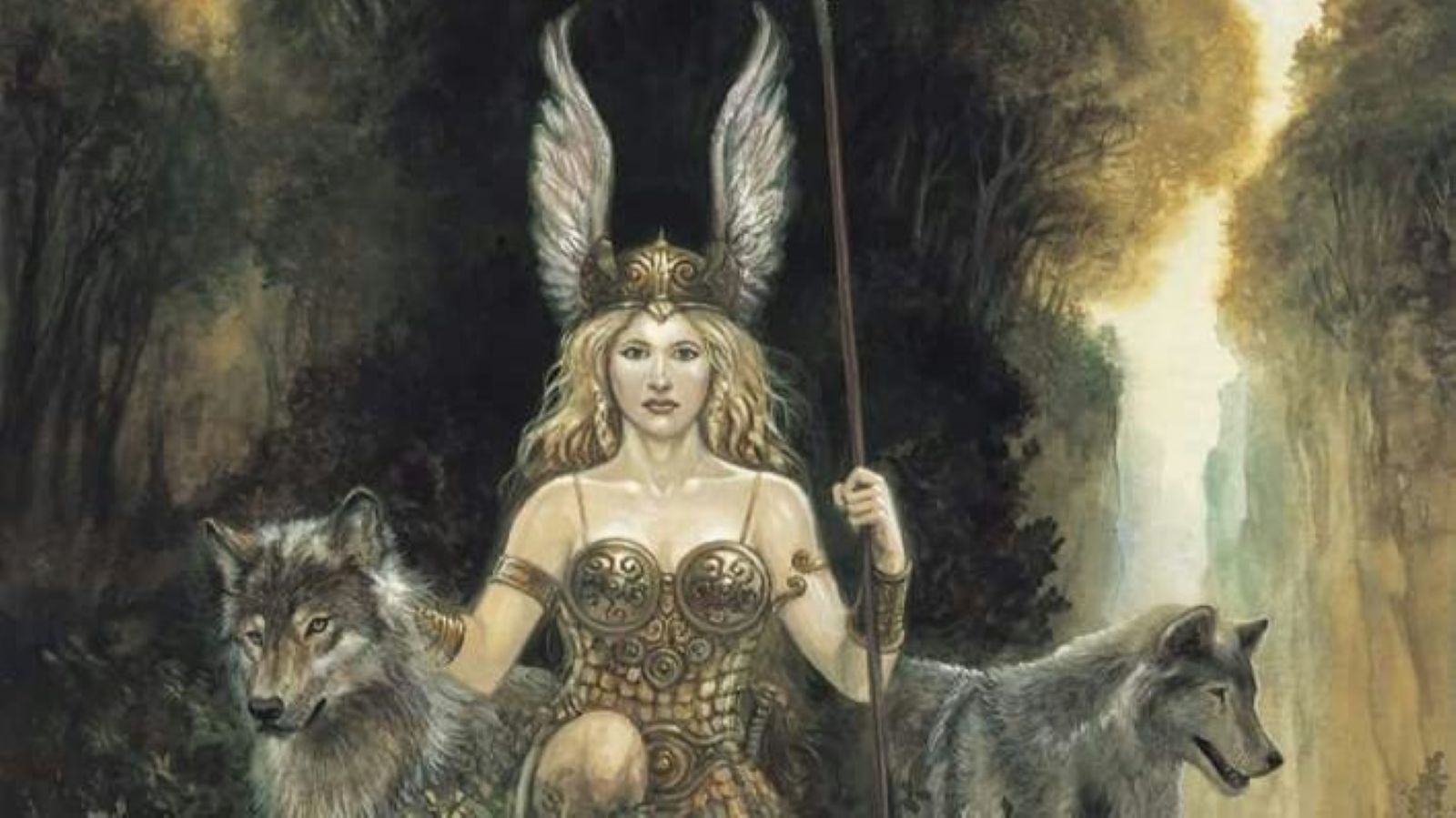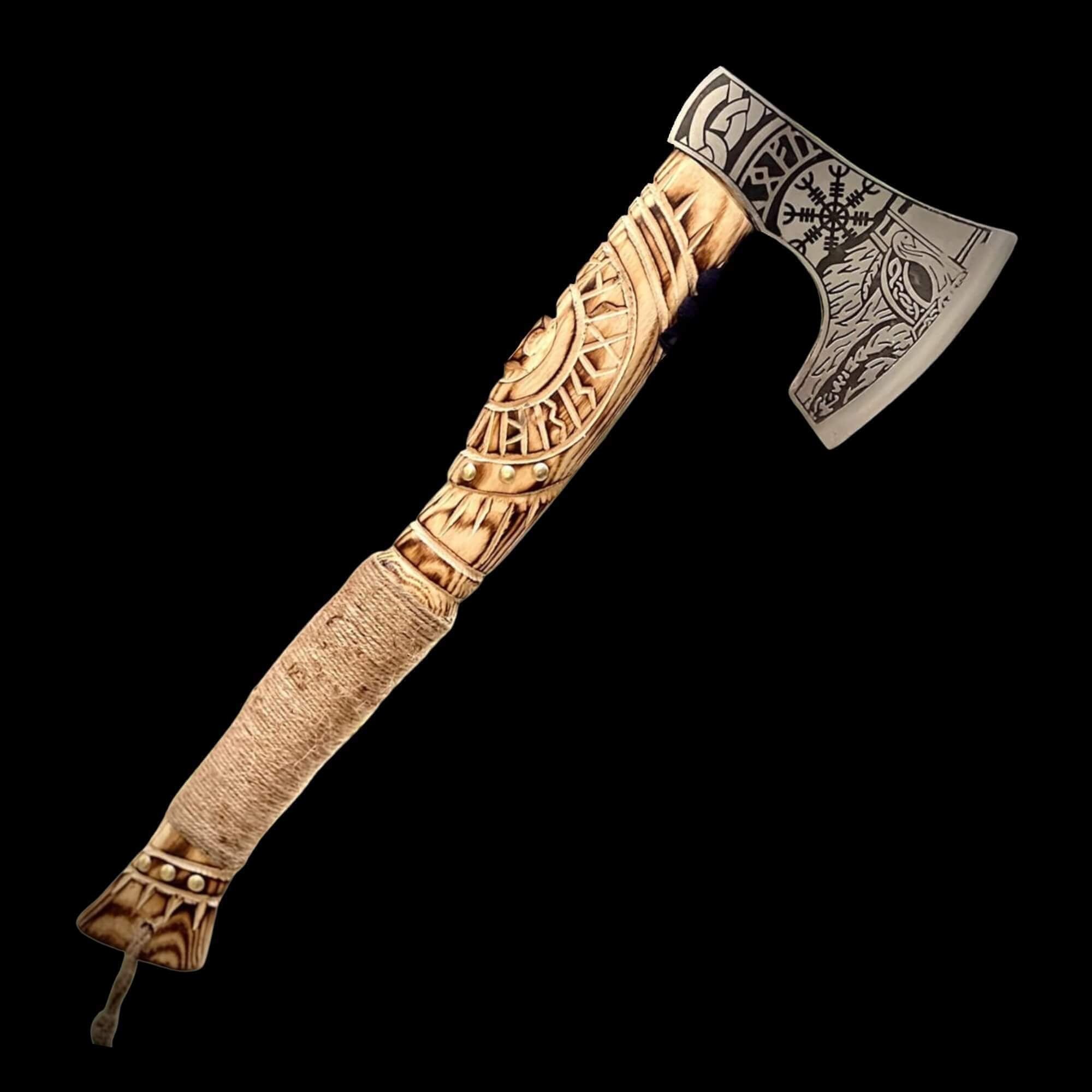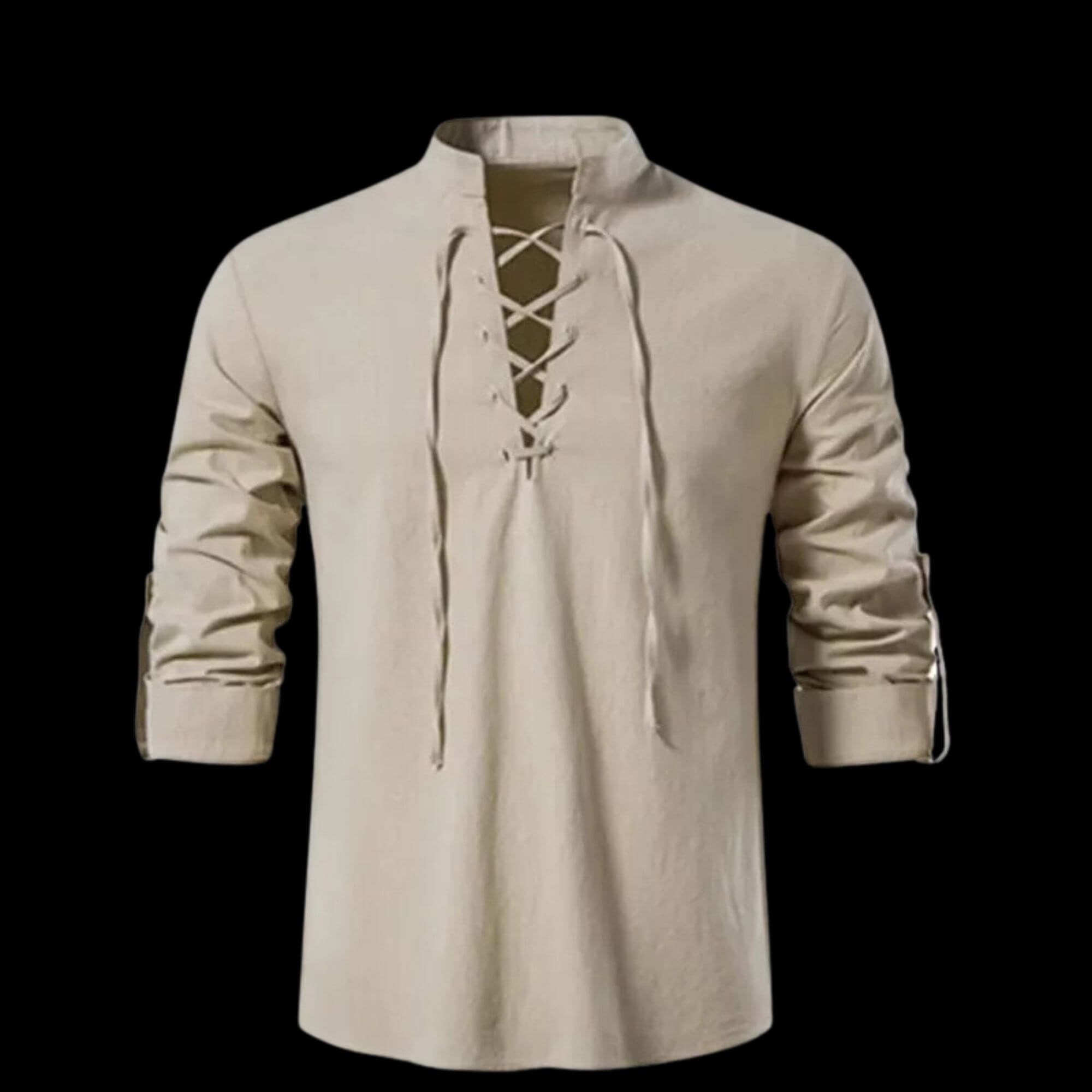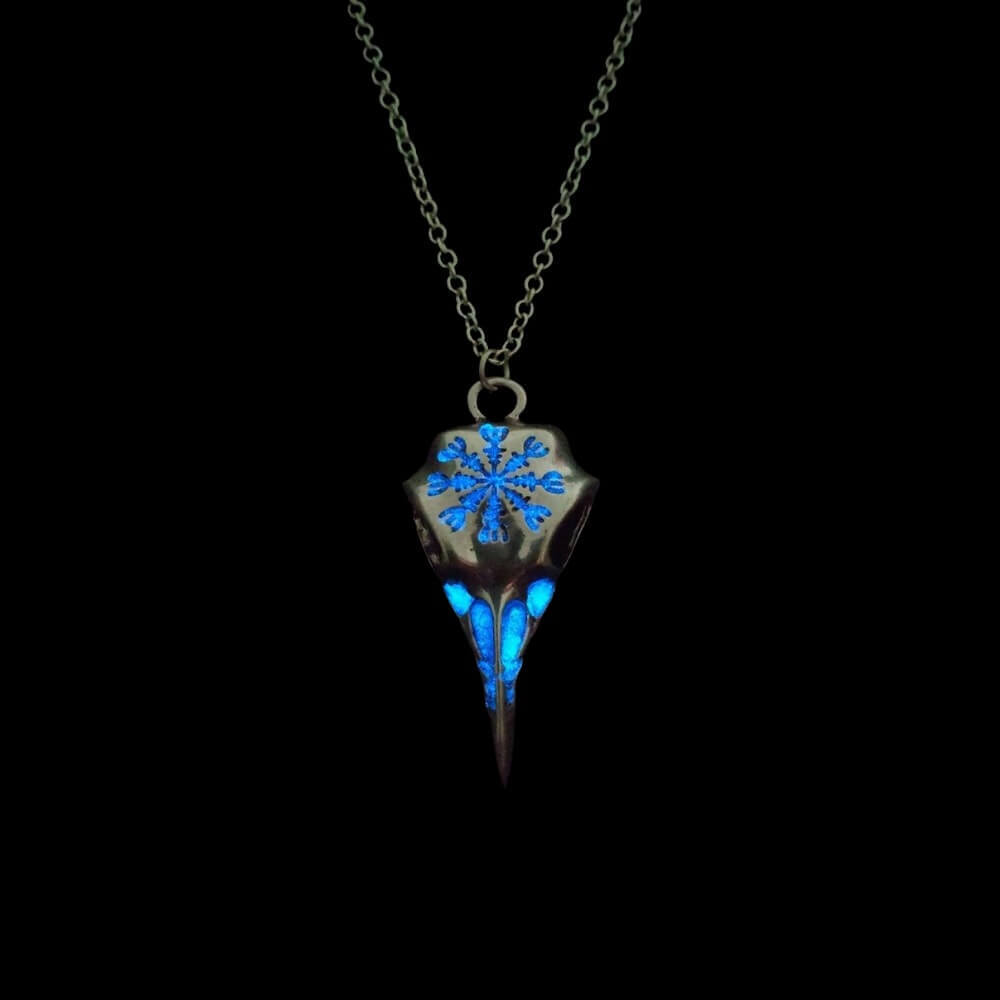
Freyja: Goddess of Love, Beauty, and Magic in Norse Culture
Among the most celebrated figures in Norse culture, Freyja stands as the goddess of love, beauty, fertility, war, and powerful magic. She embodies the richness of Viking beliefs, where divine beings could be both nurturing and fierce. Freyja’s role in Norse traditions reflects the balance of life, love, and battle, making her one of the most influential deities of the Viking Age.
The Origins of Freyja
Freyja was a member of the Vanir, a group of gods associated with fertility, prosperity, and nature. She was later welcomed into Asgard after the truce between the Vanir and the Æsir, uniting the two divine clans of Norse culture.
Her name, meaning “lady,” highlights her noble and divine status. Freyja’s presence was central in rituals, celebrations, and daily life, as she was seen as a goddess who could influence both personal happiness and communal prosperity.
As the goddess of love, Freyja was often invoked by those seeking passion, marriage, or fertility. Farmers and families offered sacrifices to her for fruitful harvests, healthy children, and harmonious relationships. She represented not only romantic love but also the deep bonds of family and community.
The Goddess of Magic: Seiðr
Beyond her associations with beauty and fertility, Freyja was also a mistress of seiðr, a form of Norse magic involving prophecy and the weaving of fate. She taught this practice to the gods themselves, including Odin, which highlights her authority in spiritual matters.
Through seiðr, Freyja could foresee the future, alter destinies, and guide warriors and leaders. This made her one of the most powerful and respected figures in Viking beliefs.
Freyja’s Connection to War and the Afterlife
Like Odin, Freyja had a role in guiding the fallen after battle. She welcomed half of the slain warriors into her hall, Fólkvangr, while the other half went to Odin’s Valhalla. This duality emphasized her as both a goddess of love and a chooser of the slain, blending tenderness with martial strength.
Her connection to war shows how Viking culture honored balance: the same goddess who brought fertility and joy could also lead warriors into the afterlife.
Freyja is often associated with symbols that reveal her divine powers:
-
Cats: She rode a chariot pulled by cats, linking her to fertility and independence.
-
The Brísingamen Necklace: A symbol of beauty, love, and desire.
-
Falcon Cloak: Allowed her to shapeshift and fly between worlds.
These symbols reflect her versatility and the many ways she influenced the lives of the Norse people.
Freyja’s Legacy in Norse Culture
Freyja’s legacy continues to resonate today as a symbol of love, independence, and strength. She represents the Viking understanding that life is not defined by one role but by many. A goddess of passion and fertility, a seeress of powerful magic, and a guide of warriors, Freyja embodies the complexity of Norse beliefs.
Freyja remains one of the most influential figures in Norse culture. Her power extended across love, magic, fertility, and war, reflecting the balance of life itself. To the Vikings, she was both a source of joy and a force of destiny, a goddess who shaped the lives of gods and mortals alike.
Today, Freyja inspires as a timeless figure of strength, beauty, and mystery.




